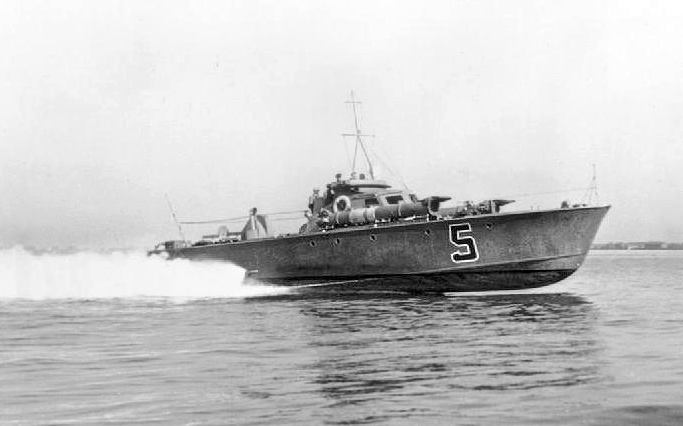|
Widebeam
A widebeam is a canal boat built in the style of a British narrowboat but with a beam of or greater.The Canal and River Trust (CRT) gives more than one minimum width for a wide beam on their website: "anything wider than []" in ''Wide beam, wider considerations'' and "[A narrowboat is] up to a maximum of 2.2m wide ... [and a widebeam is] up to double the width of a narrowboat or even wider on larger rivers" ''All craft great and small'' . However in April 2020 the CRT started to issue licences that charge more for any canal boat that has a beam of or greater, and is now the de facto definition for the minimum width of a widebeam. The nature of a widebeam The CRT gives no precise definition of a "widebeam", merely distinguishing it from other types of canal craft such as: narrowboats, Thames sailing barges, Dutch barges, other barge types, grp cabin cruisers, and wooden boats. Nevertheless, the salient features of a modern widebeam are: A widebeam is built in the style of a ... [...More Info...] [...Related Items...] OR: [Wikipedia] [Google] [Baidu] |
Barge
Barge nowadays generally refers to a flat-bottomed inland waterway vessel which does not have its own means of mechanical propulsion. The first modern barges were pulled by tugs, but nowadays most are pushed by pusher boats, or other vessels. The term barge has a rich history, and therefore there are many other types of barges. History of the barge Etymology "Barge" is attested from 1300, from Old French ''barge'', from Vulgar Latin ''barga''. The word originally could refer to any small boat; the modern meaning arose around 1480. ''Bark'' "small ship" is attested from 1420, from Old French ''barque'', from Vulgar Latin ''barca'' (400 AD). The more precise meaning of Barque as "three-masted sailing vessel" arose in the 17th century, and often takes the French spelling for disambiguation. Both are probably derived from the Latin ''barica'', from Greek ''baris'' "Egyptian boat", from Coptic ''bari'' "small boat", hieroglyphic Egyptian D58-G29-M17-M17-D21-P1 and similar ''b ... [...More Info...] [...Related Items...] OR: [Wikipedia] [Google] [Baidu] |
Chine (boating)
A chine in boat design is a sharp change in angle in the Cross_section_(geometry), cross section of a hull (watercraft), hull. The chine typically arises from the use of sheet materials (such as sheet metal or marine ply) as the mode of construction. Rationale of chines Using sheet materials in boat construction is cheap and simple, but whereas these sheet materials are flexible longitudinally, they tend to be rigid vertically. Examples of steel vessels with hard chines include narrowboats and widebeams; examples of plywood vessels with hard chines include sailing dinghies such as the single-chined Graduate (dinghy), Graduate and the double-chined Enterprise (dinghy), Enterprise. Although a hull made from sheet materials might be unattractively "slab-sided", most chined hulls are designed to be pleasing to the eye and hydrodynamics, hydrodynamically efficient. Hulls without chines (such as Clinker (boat building), clinker-built or Carvel (boat building), carvel-built vessels) u ... [...More Info...] [...Related Items...] OR: [Wikipedia] [Google] [Baidu] |
Narrowboat
A narrowboat is a particular type of canal boat, built to fit the narrow locks of the United Kingdom. The UK's canal system provided a nationwide transport network during the Industrial Revolution, but with the advent of the railways, commercial canal traffic gradually diminished and the last regular long-distance transportation of goods by canal had virtually disappeared by 1970. However, some commercial traffic continued. From the 1970s onward narrowboats were gradually being converted into permanent residences or as holiday lettings. Currently, about 8580 narrowboats are registered as 'permanent homes' on Britain's waterway system and represent a growing alternative community living on semi-permanent moorings or continuously cruising. For any boat to enter a narrow lock, it must be under wide, so most narrowboats are nominally wide. A narrowboat's maximum length is generally , as anything longer will be unable to navigate much of the British canal network, because the n ... [...More Info...] [...Related Items...] OR: [Wikipedia] [Google] [Baidu] |
Narrowboats
A narrowboat is a particular type of canal boat, built to fit the narrow locks of the United Kingdom. The UK's canal system provided a nationwide transport network during the Industrial Revolution, but with the advent of the railways, commercial canal traffic gradually diminished and the last regular long-distance transportation of goods by canal had virtually disappeared by 1970. However, some commercial traffic continued. From the 1970s onward narrowboats were gradually being converted into permanent residences or as holiday lettings. Currently, about 8580 narrowboats are registered as 'permanent homes' on Britain's waterway system and represent a growing alternative community living on semi-permanent moorings or continuously cruising. For any boat to enter a narrow lock, it must be under wide, so most narrowboats are nominally wide. A narrowboat's maximum length is generally , as anything longer will be unable to navigate much of the British canal network, because the n ... [...More Info...] [...Related Items...] OR: [Wikipedia] [Google] [Baidu] |
Butty Boat
A narrowboat is a particular type of canal boat, built to fit the narrow locks of the United Kingdom. The UK's canal system provided a nationwide transport network during the Industrial Revolution, but with the advent of the railways, commercial canal traffic gradually diminished and the last regular long-distance transportation of goods by canal had virtually disappeared by 1970. However, some commercial traffic continued. From the 1970s onward narrowboats were gradually being converted into permanent residences or as holiday lettings. Currently, about 8580 narrowboats are registered as 'permanent homes' on Britain's waterway system and represent a growing alternative community living on semi-permanent moorings or continuously cruising. For any boat to enter a narrow lock, it must be under wide, so most narrowboats are nominally wide. A narrowboat's maximum length is generally , as anything longer will be unable to navigate much of the British canal network, because the n ... [...More Info...] [...Related Items...] OR: [Wikipedia] [Google] [Baidu] |





